When the Anchor Stores Still Ruled
If you lived anywhere near Laguna Hills, CA, in the 1980s or 90s, the mall was the crossroads.
Maybe it was your first job at the food court, or just a place to wander on a hot summer afternoon when the air conditioning felt like relief.
Built for a different era, the mall drew crowds, shaped habits, and worked itself into local routines. Those echoing corridors, now wiped from the map, once defined the heart of things to do in Laguna Hills, CA.
Retail Square Footage and Suburban Intentions
Laguna Hills Mall was conceived during a high-growth phase in South Orange County.
By the early 1970s, residential developments were stacking up along the I-5 corridor. Retail followed closely behind.
In Spring 1973, the mall opened its first phase with a 214,000-square-foot Sears, a major draw in an area without many large-scale shopping options.
On September 5 of that same year, Buffums opened a two-level, 50,000-square-foot location.
It was one of the chain's newer stores, and one of the last they would open.
The Broadway joined in August 1975. JCPenney opened in 1976.
With these anchors in place, Phase I wrapped up at 393,000 square feet of retail across 55 stores.
Phase II expanded the complex to 832,000 square feet, bringing the total store count to 83.
Construction costs reached $50 million.
The configuration emphasized parking and access from major arterials like Avenida de la Carlota.
The enclosed layout matched retail design trends of the decade, focused on climate-controlled interiors and department store anchors that held up the rest of the retail mix.
At the time, regional planners considered enclosed malls a hedge against fragmented strip centers and parking constraints.
For this location, the model seemed to work. The project matched suburban retail logic with consumer momentum, and for a while, it delivered on both.
Anchor Departures and Floor Plan Shakeups (1991-2011)
Buffums shuttered in May 1991, part of the wider liquidation of the regional chain.
The mall kept the space. By 1994, it had reworked the upper floor of the old Buffums store into a food court.
The move gave Laguna Hills Mall its only general-access second level, though it sat above a space that had been retail, not restaurant, from the start.
The Broadway turned into Macy's in May 1996. This followed Federated Department Stores' acquisition and consolidation of The Broadway locations.
Macy's brought some updates, but the layout didn't change much.
Retailers tended to keep their footprints stable during the 1990s.
The formula held: department store anchors, a central interior corridor, and smaller in-line stores positioned between the big names.
By the early 2000s, cracks were visible in the traffic patterns.
Mall design had started drifting toward outdoor plazas.
Retail tenancy was also shifting. Footwear and apparel shops were thinning out.
Laguna Hills Mall still pulled a decent mix, Victoria's Secret, RadioShack, and Wet Seal among them, but the retail logic was beginning to age.
The interior stayed enclosed. Escalators near Sears linked to the second level, though few tenants ever expanded vertically.
The anchor store space occupied most of the square footage, and without multi-level access, the mall's adaptability was limited.
Still, by 2011, the food court closed quietly. That left the mall fully one-story again, with much of the upper space sealed off or dormant.

Asset Transfers, Closures, and Project Rebrand (2012-2018)
Ownership changed in May 2013. Merlone Geier Partners bought the property from Simon Property Group.
The deal included most of the main mall, but not the Sears building.
That came later, Merlone Geier acquired it separately in 2014.
Sears closed in July of that year, ending a 41-year run as the mall's original anchor.
Plans to revamp the property surfaced quickly. In 2016, Merlone Geier began renovations under a new concept called Five Lagunas.
They proposed a new structure for retail, open plazas, a 988-unit residential complex, and a 1,500-space parking structure.
The proposal also called for new signage and a cinema.
The concept was mixed-use and designed around pedestrian access and entertainment zoning.
By March 2018, Macy's closed its Laguna Hills Mall location.
That decision followed the company's larger downsizing plan to eliminate 11 stores nationwide.
Its departure froze work on the east side of the mall.
That same year, JCPenney remained the final anchor. However, in October 2018, it closed, too.
With no anchor stores and limited foot traffic, the enclosed portion of the mall shut down for good on December 31, 2018.
The external-facing stores, including those with separate entrances, stayed open.
Most internal access was sealed. By then, the Five Lagunas concept had stalled. Retail had weakened.
The broader trend toward mixed-use redevelopment, already underway in cities like Santa Ana and Westminster, was pulling the project in a different direction.
Merlone Geier's plan would need adjustments.
Revisions, Rezoning, and the Village at Laguna Hills (2019-2023)
By late 2019, the Five Lagunas brand had faded.
On November 12, Merlone Geier Partners presented a revised development concept to Laguna Hills' City Council.
The new version cut retail footage and added more housing.
Instead of the earlier 880,000 square feet of retail, the new plan proposed between 225,000 and 300,000 square feet.
Housing increased to a projected 1,200 to 1,500 units.
Office space shifted from a single block to a range between 390,000 and 520,000 square feet.
The cinema stayed, 110,000 square feet, multi-screen, but now shared space with two three-story parking decks, a 125-room hotel, and seasonal event areas.
Zoning amendments reflected this pivot. The area was no longer just a mall lot, it was repositioned for a broader mixed-use overlay.
The new name, Village at Laguna Hills, replaced the Five Lagunas brand entirely.
Architectural plans featured shorter walking distances, greater sidewalk connectivity, and ground-level retail under residential blocks.
The square footage mix leaned away from retail and toward living units and open spaces.
Demolition began in phases but escalated in 2023. By the end of that year, the enclosed mall had been razed.
All interior-facing retail corridors were gone.
What remained were free-standing structures around the lot perimeter and temporary fencing where new construction was staged.
Exterior tenants, such as In-N-Out, Nordstrom Rack, and Trader Joe's, continued operating during this period.
The demolition cleared over 800,000 square feet of enclosed mall space, making way for vertical builds to begin in 2024 under the revised site plan.

Construction Metrics, Housing Yields, and Tax Implications (2024-2025)
As of early 2025, grading and utility installation were complete.
Merlone Geier Partners committed to 1,500 housing units across multiple phases, with the first move-ins projected for late summer.
The complex includes a mix of one-bedroom, two-bedroom, and studio apartments.
According to city records, the RHNA (Regional Housing Needs Assessment) target for Laguna Hills remains short by over 550 very low-income units, and this project only partially offsets the gap.
Commercial footage stands at 250,000 square feet, much of it planned for ground-floor use beneath offices and apartments.
Office development will span between 390,000 and 520,000 square feet, depending on final permitting.
A hotel pad has been reserved for a 100- to 150-room flag, though the operator has not been named publicly as of May.
The developer will pay over $20 million in project-related fees to the city, tied to traffic mitigation, infrastructure upgrades, and public facility contributions.
Estimate annual general fund revenues of about $3 million once the site is fully leased and operational.
This includes property tax, sales tax from retail, and transient occupancy tax from the hotel.
The old Laguna Hills Mall site looks different these days.
Instead of silence, the grounds now host regular community events.
Every Friday, the Orange County Farm Bureau rolls out its Farmers Market from 7 am to 1 pm.
Fresh produce, homemade bread, and local vendors draw in a steady crowd, changing the pace from what the old mall offered.
This year, Cirque Du Soleil is putting on a run of shows from May 21 through June 29, giving people another reason to visit.
The Coast Vintage Market also stands out in 2025.
On select Sundays (5 per year), crowds come for antiques, vintage goods, and retro finds, turning the lot into something lively for locals and visitors alike.
🍀

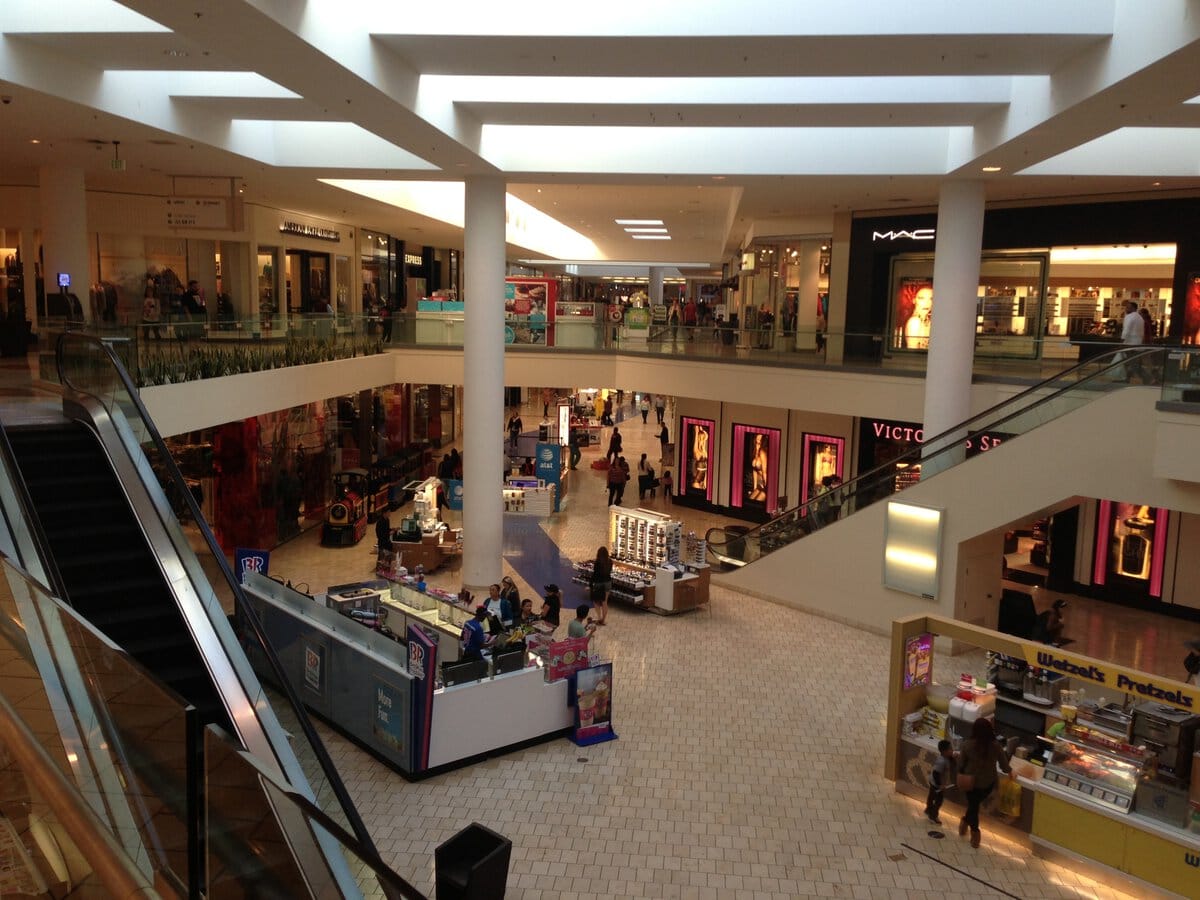
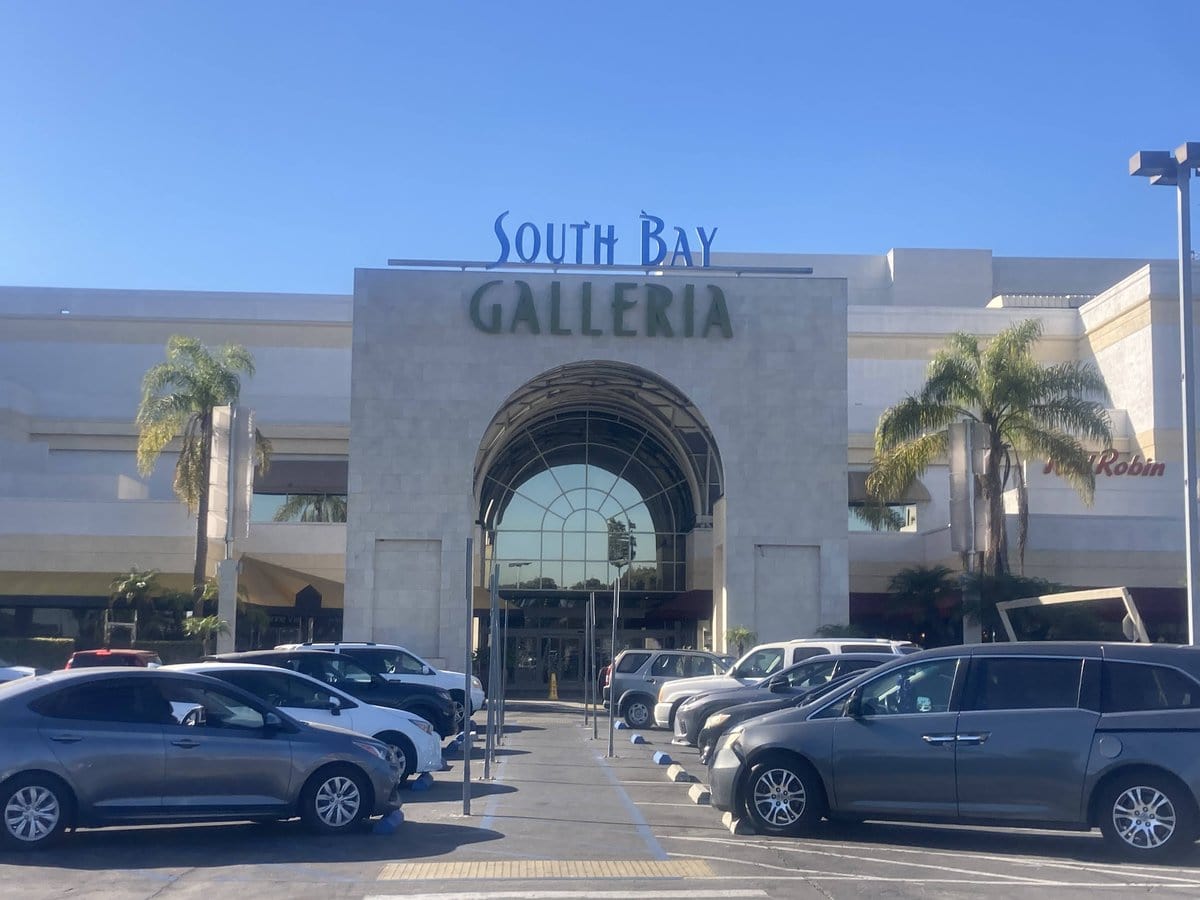


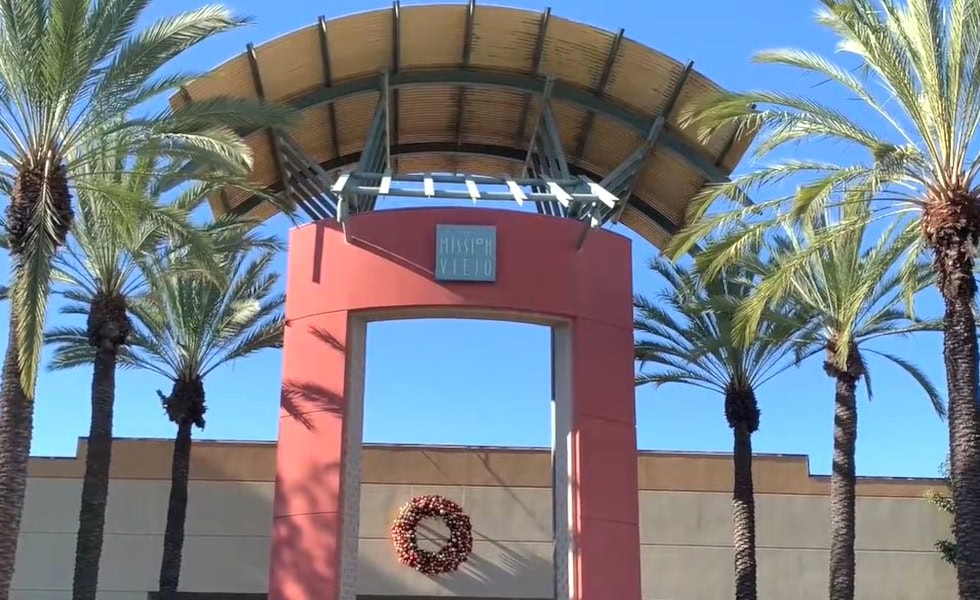
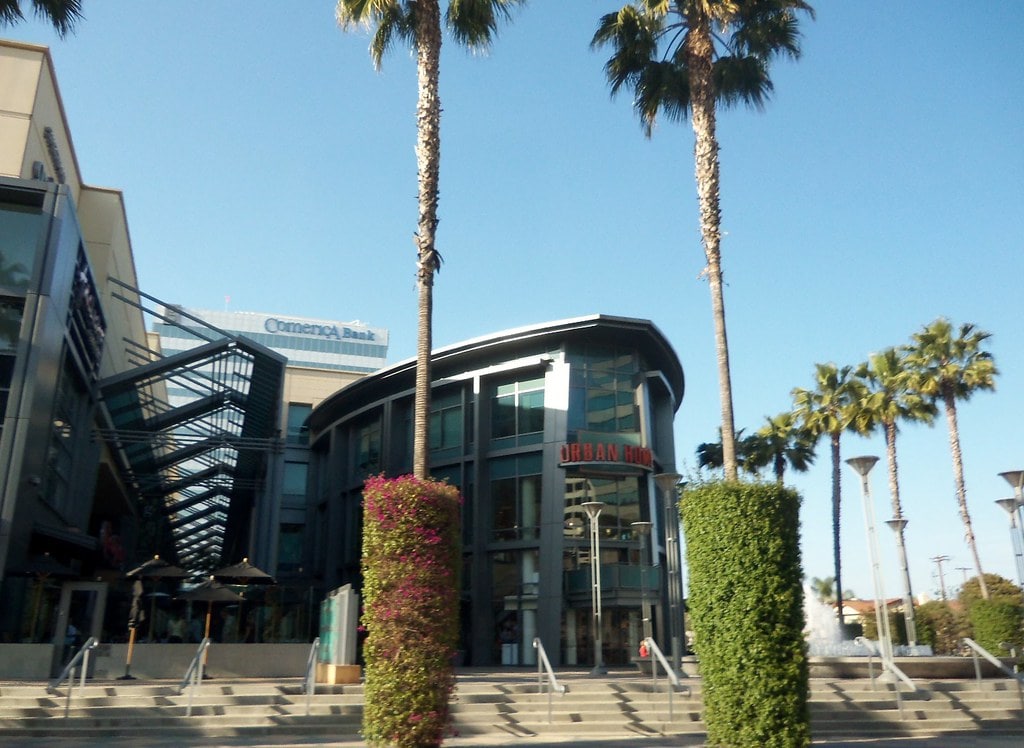

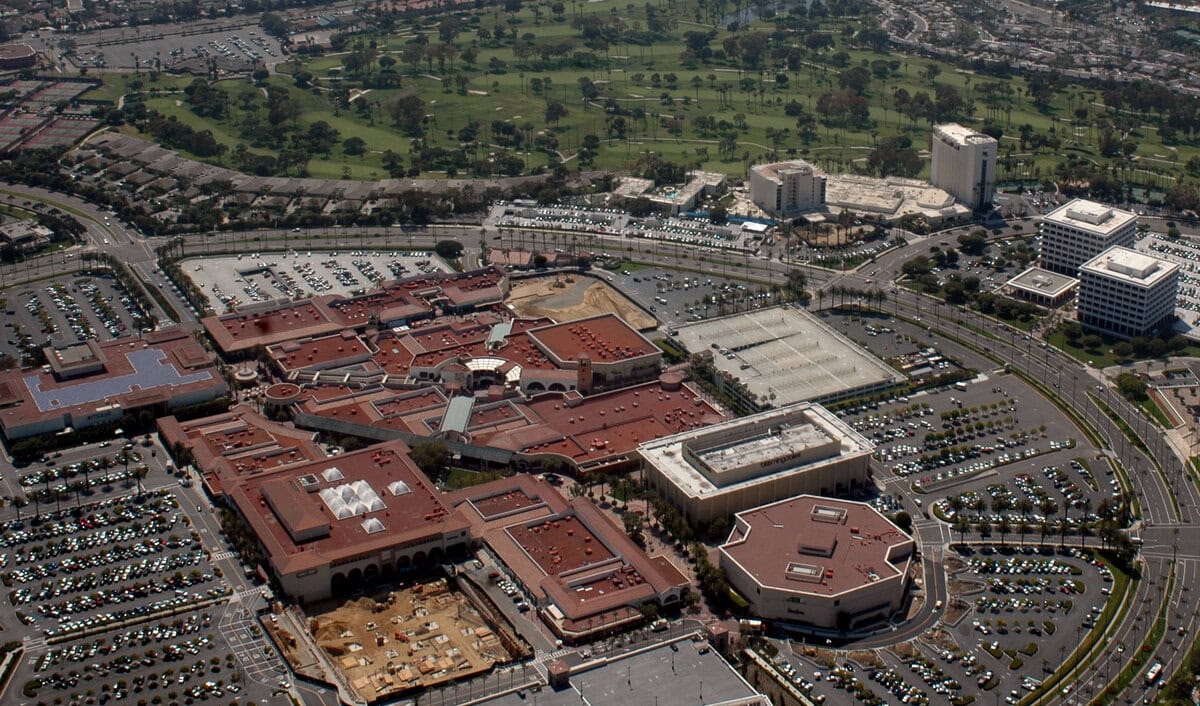
Yeah, this is what is being ballyhooed for the Village at Orange. Another way for the developers to squeeze more money out of the acreage while adding to traffic and general congestion. We have been surveyed about adding more unwanted "pedestrian and biking opportunities" i.e. fewer traffic lanes, when most of the residents are car-preferring and would not care to reside in the high-density proposed housing, and the impact on nearby homeowners via already-rising transient populations and loss of parking to make room for high rise buildings is concerning.
Your concerns about the Village at Orange development are well-founded. Balancing growth and community needs is crucial, especially regarding traffic and housing density. Resident preferences must be considered.
;-)very interesting would love to see more as it goes along. Thank you.
Thanks for your interest in the developments at Village at Laguna Hills. It's always great to see enthusiasm for local projects. I'm also looking forward to seeing how it evolves.
yada yada yada - I'll believe it when I see it (if I see it in my lifetime!) In the meantime, give me back my Macys and Penny's
I understand your skepticism about the developments at Laguna Hills. The loss of familiar stores like Macy's and Penny's is felt by many. Let's hope the future brings positive changes.
As a longtime retail mgmt person it is inevitable to see urban malls crumble. Shopping patterns have changed and the pandemic resulted in the biggest boom in online shopping.
Turning the real estate into open air venues etc is a better use of the space
Coming from someone who worked in retail, your perspective carries weight. When the old patterns shift, and the math no longer adds up, rethinking the space becomes less about nostalgia and more about necessity.
I find it hard to believe anything they say about what is going there. The bottom line is more housing, ( certain percentage goes to low cost housing) squeeze as many as you can in as little bit of space possible... Little no name stores ...
Even when the plans come with renderings and timelines, many folks still wait for shovels in the ground before believing anything will match the vision. Trust takes longer to build than buildings do.